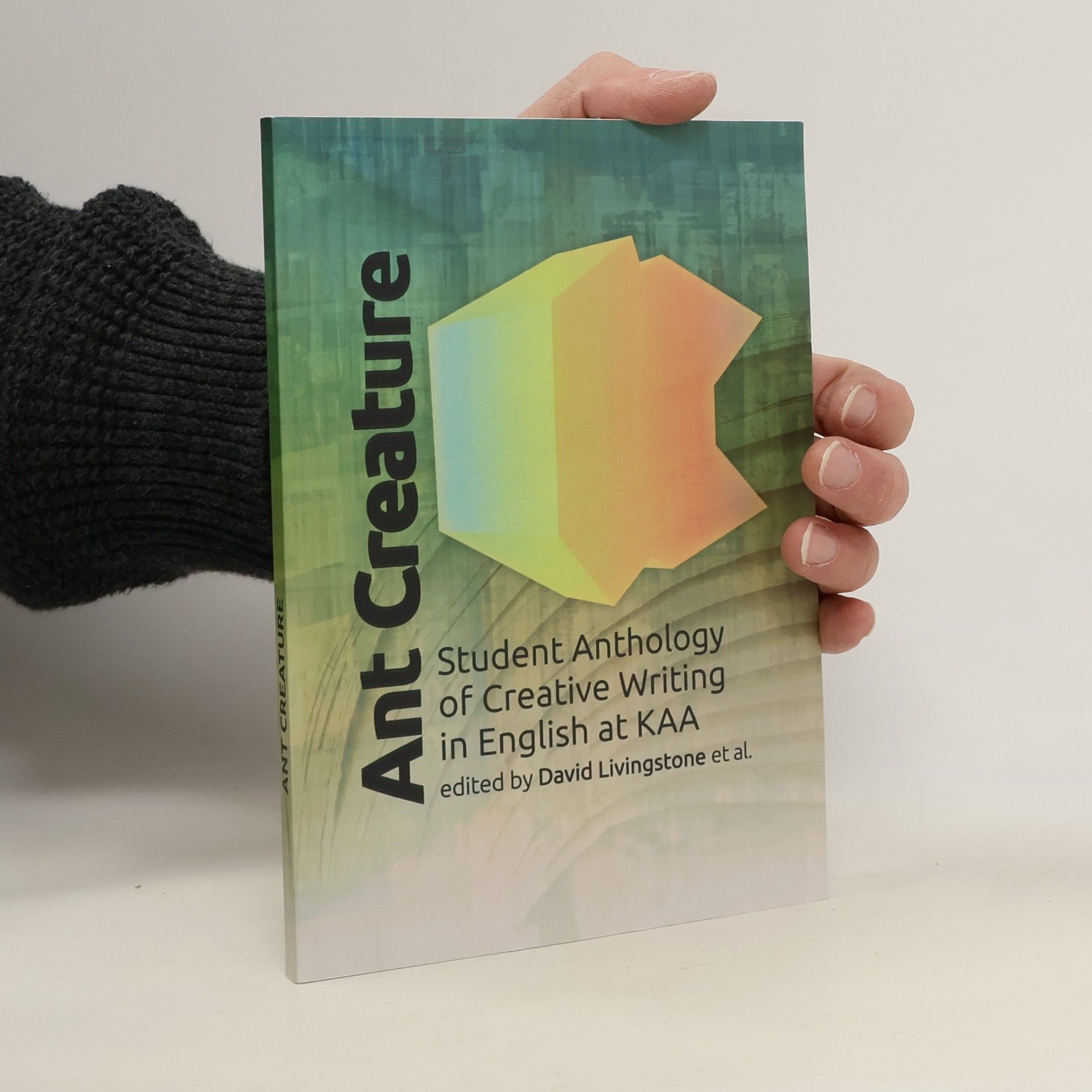David Livingstone Livres







Missionary Travels and Researches in South Africa
- 558pages
- 20 heures de lecture
Exploring the uncharted territories of South Africa, David Livingstone recounts his extensive travels and the diverse cultures he encountered. His narrative combines adventure with scientific observations, offering insights into the geography, wildlife, and indigenous peoples of the region. Livingstone's deep commitment to social justice shines through as he advocates against the slave trade and highlights the importance of missionary work. This account serves as both a travelogue and a significant historical document, reflecting the complexities of 19th-century Africa.
David Livingstone's journey is marked by profound challenges, including personal loss, jealousy, and the constant threat of danger in his missionary work. Despite facing severe hardships such as illness and the perils of his environment, he maintained a deep spiritual connection, finding solace in his Bible and the companionship of Jesus Christ. His unwavering faith and dedication to his mission highlight the resilience of the human spirit in the face of adversity.
On an overcast April day in 2003, David and James Livingston raced against each other in the 149th Oxford-Cambridge Boat Race. Watched by over seven million people, it was the first time for over a hundred years that brothers had battled against each other in this gladiatorial contest. Only one could be victorious.
Zionism: History of a Jewish Heresy
- 722pages
- 26 heures de lecture
Ages
- 92pages
- 4 heures de lecture
At 77, David Livingstone reflects on his life and the troubling trends of recent years, including wildfires and hurricanes, leading him to adopt a dystopian outlook on the future. However, he also presents an unexpected possibility for the planet's revival. The narrative invites readers to explore the unfolding surprises and insights, encouraging a deeper engagement with the themes of hope and resilience amidst uncertainty.
This publication focuses on accessibility, featuring a reproduction of a historical work in large print format. It aims to enhance the reading experience for individuals with impaired vision, reflecting the commitment of Megali, the publishing house, to provide inclusive literature.
